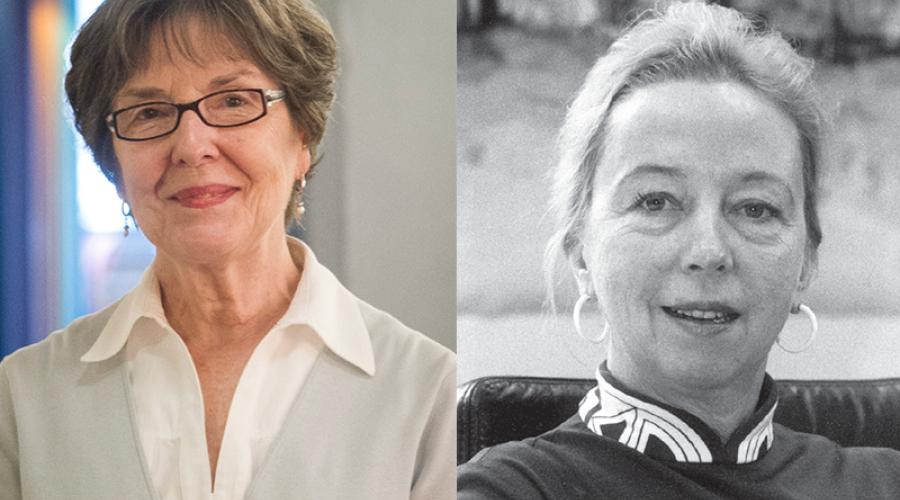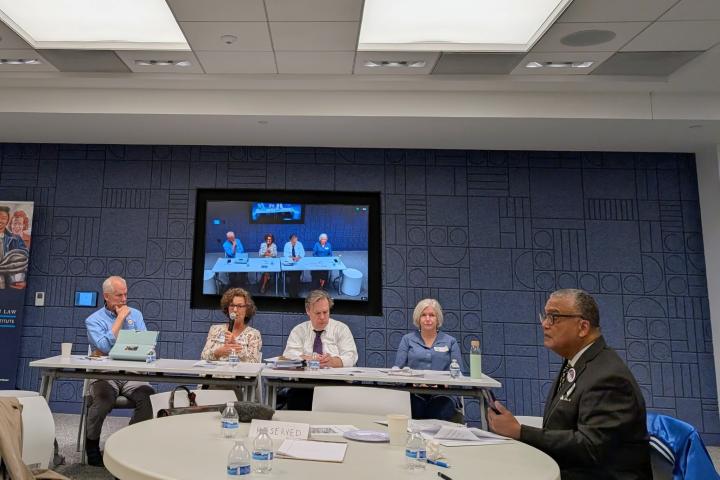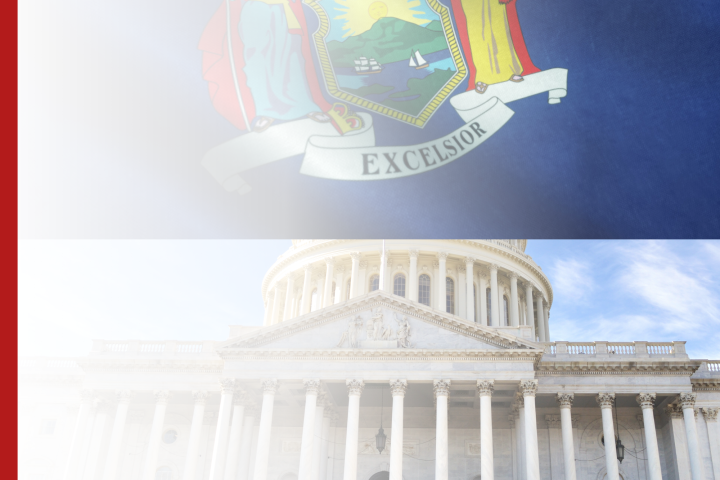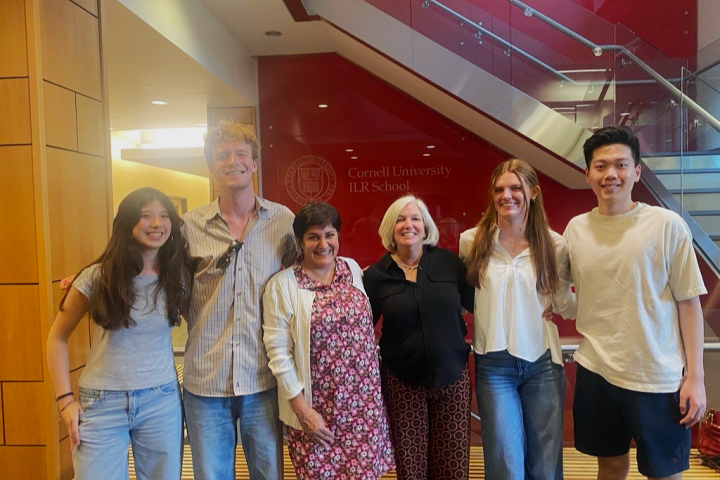
Community Impact
The America of the 1940s was a country with unsurpassed manufacturing power, unquenchable consumer demand and a booming economy.
Transitioning into peacetime pushed the U.S. labor force to expand for returning servicemen. The nation’s citizens were to experience a long period of economic growth and prosperity — and Buffalo, N.Y., boomed.
“The strong concentration of steel, auto, chemical and electrical manufacturing, along with construction, retail and service operations, made Buffalo and surrounding communities one of the major industrial centers in the United States,” said Lois Gray, the Jean McKelvey-Alice Grant Professor Emerita of Labor Management Relations and the first director of the ILR Buffalo office.
Before World War II ended, tensions grew on the home front between labor and management.
“Western New York, in the tense labor-management climate, had been the scene of major labor relations confrontations and was to become one of the pacesetters in collective bargaining settlements,” Gray said. “Its diverse working population also set precedents in challenging workplace barriers for minorities and women.”
Unionization reached 36 percent. As a major industrial and manufacturing center, Buffalo was the obvious choice for ILR’s first off-campus office, opening in 1946. As- a land-grant college, ILR’s outreach mission was to create solutions for the common good.
“For ILR, the lure of western New York was not only its strategic mix of industry and labor, but its network of educational and community organizations, which were available for collaboration with ILR faculty in pioneering its extension mission,” she said.
The U.S. soon achieved global industrial dominance, producing half of the world’s manufactured goods. Living standards climbed as a result of wage growth that was to continue for decades.
During this period, ILR Buffalo established what would become a tradition in educating workers, managers and public service practitioners. Training included collective bargaining, contract negotiation, labor law and labor history, human relations, organizational behavior and leadership training.
“The first Buffalo programs, which featured ILR resident faculty, attracted hundreds of practitioners,” Gray said.
“Response reflected the climate of the times: when President Day received letters from managers contending that faculty seemed ‘pro-labor,’ along with letters from labor leaders who considered speakers to be ‘anti-labor,’ he concluded that ILR seems to be striking the right balance.”
Gray made this her life’s work, and in December committed $1 million through her estate to ILR’s Worker Institute to ensure faculty, researchers and students continue to advance worker rights and collective representation far into the future.
Beginning in the 1950s, Buffalo slowly lost prominence as an economic center. Factors included the St. Lawrence Seaway opening, the decline of U.S. metal industries, losses in manufacturing due to lower labor costs in southern states, the rise of automation leading to worker layoffs and globalization through foreign trade agreements.
“The continuous challenge was how new opportunities were going to be created, working conditions improved and livable wages achieved,” said Lou Jean Fleron, emeritus extension faculty and former director of the ILR Buffalo office.
ILR in Buffalo evolved, reflecting changing economic and workplace realities while remaining true to its roots in intelligent study and service to the different interests of the community.
“One of my first jobs when I became director of labor programs was to develop a pre- apprenticeship program at Bethlehem Steel, which was under court order to diversify its workforce, particularly in the skilled trades,” Fleron said.
“The Steelworkers Union contracted with ILR for training of minority and women employees so they could succeed in skilled occupational apprenticeship programs.”
By 1985, local employers and unions alike sought better understanding of global economic change. ILR in Buffalo created the Institute for Industry Studies, a nationally recognized pioneer undertaking workplace education on particular industries or sectors of the economy.
Over the next two decades, customized multidisciplinary programs prepared thousands of workers, unions and managers to work together to meet competitive challenges and protect quality jobs.
Today, ILR’s Worker Institute associates, located in New York City, Ithaca and Buffalo, provide technical assistance and training on health and safety, environmental initiatives and labor leadership. Digital technology and e-learning is used to reach statewide and international audiences.
ILR became involved with public economic development policy at the local and state level because it was critical to Buffalo’s recovery.
A culturally rich city now undergoing revitalization, Buffalo has become a magnet for more than 100 Cornell students in ILR’s High Road Fellowship program. Students are placed with one of 200-plus organizations affiliated with the partnership for the Public Good, a Buffalo “think and do tank” devoted to building a more just, sustainable and culturally vibrant community through research, policy development and citizen engagement.
Supported by Engaged Cornell, this university-community partnership makes a real-world laboratory for ILR social sector projects. The same methodology as was employed in 1946 is still applied. “But, it’s not big institutions of labor and management anymore. Buffalo’s redevelopment is being driven by community interests and grassroots community groups who solve social, workplace and economic problems, collaboratively to rebuild interests of the common good of the people, city and region,” said Fleron.
Related Destination
Community-Engaged Learning Bridges Past and Future at Cornell



